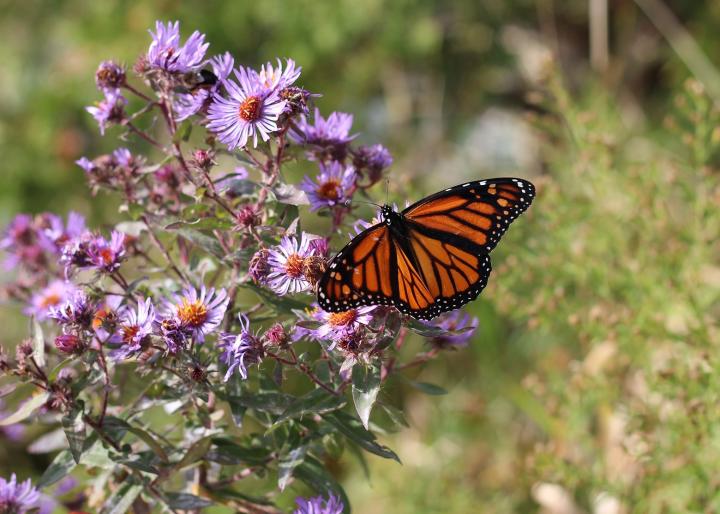
Photo Credit
Pixabay
No content available.
Subhead
How to Plant, Grow, and Care for Aster Flowers
ADVERTISEMENT
I have a beautiful very large purple aster they I would like to split up and replant this fall is that a good idea.?
It’s best to divide flowering plants when they are not blooming. Because asters bloom so late into the year, it’s usually best to wait until early spring to divide and transplant them (chrysanthemums, too).
May I split up a very large aster plant in the fall
Can they take heavy humid hot days of our summers??
I had planted some Aster Flowers, this fall, so that I start getting flowering from the starting summer, few of them started drying up. So I bought a net from Olmsted's Nursery to avoid excess sunlight. Now they are doing well. Thank You!










Comments